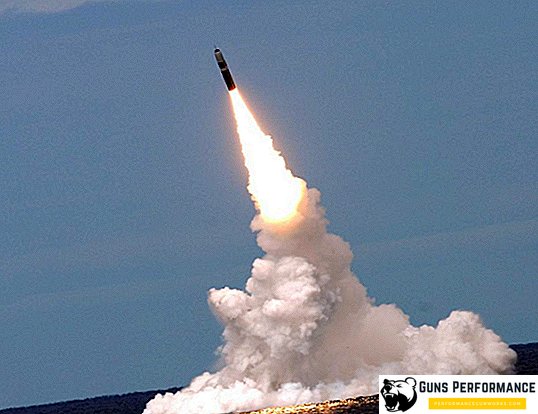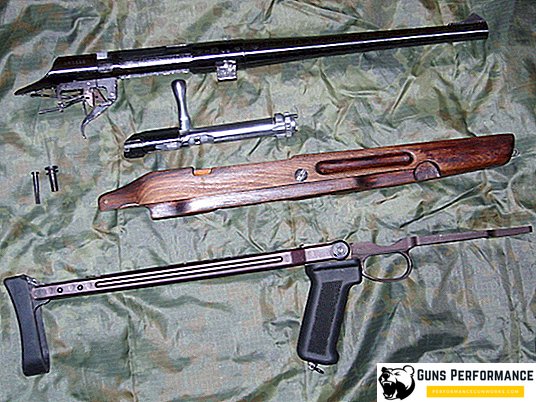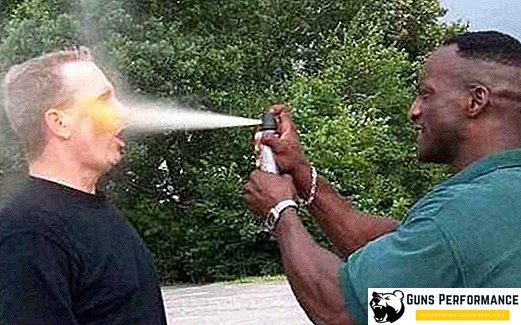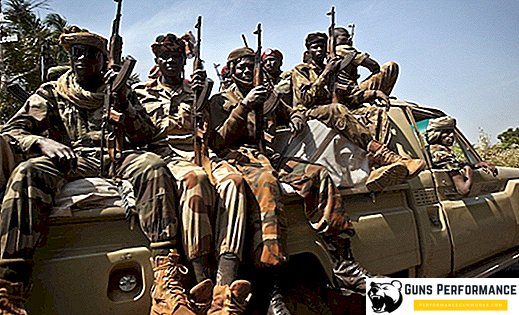Camouflage (from the French camouflage - "camouflage") is called camouflage paint, used to reduce the visibility of personnel, weapons, military equipment and structures by breaking silhouettes or objects.
Today, camouflage colors are used not only in the ranks of existing military units, but also in everyday life. Tourists and hunters also wear protective clothing, so as not to stand out in natural conditions.
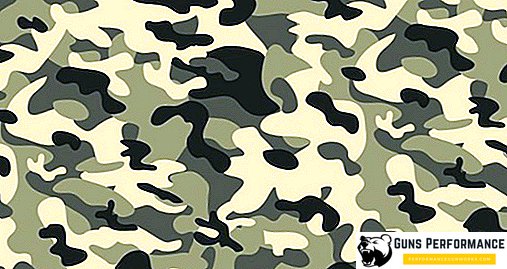
Camouflage color in military service
Field military uniforms began to be purposefully sewn from the fabrics of protective camouflage colors at the end of the 19th century. So, by the end of the XIX century, the British colonial troops in India adopted the color "khaki", which in translation from Persian means "color of dust". Khaki military uniforms have proven themselves on the battlefields of South Africa. Then it began to use the rest of the armies of the world, including the Russian. They met the First World War already in it.
Later in 1909, the American Painter Abbott Thayer published the book Coloring in the Animal Kingdom. Much of what was described in it laid the foundation of the theory of scientific mimicry, after which the development of camouflage principles for the military began.
In World War I, a British naval artist and officer, Norman Wilkinson, developed a special concealment scheme for the navy, the so-called "blinding camouflage" (or "warping camouflage"). Such a gray color did not hide the ships, but made it difficult to calculate the distances to them, as well as the courses and speeds.
In 1939, the French artist Vladimir Baranov-Rossinet patented a spotted military uniform called “pointiistic-dynamic camouflage” or “chameleon-method”.
It should be borne in mind that most of the principal schemes of army camouflage were developed for specific areas on which the military were located. At the same time, regulatory requirements for masking in open areas were taken into account. Studies were conducted during daylight hours. As a result, many armies of the world decided to use camouflage designs in the production of military equipment to save personnel during combat clashes.
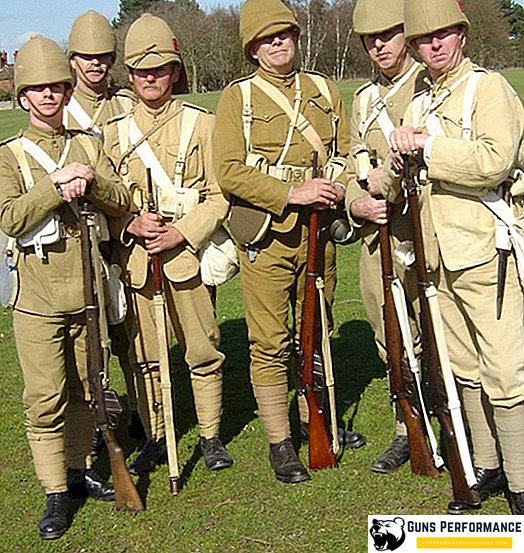
And already in the Second World War, camouflage was used by all branches of the military, depending on the geographical features of the places of the alleged battles. They used camouflage suits with uneven spots (in the form of amoebas) of brown or black colors on a green khaki background. In the USSR, winter camouflage was actively used - white camouflage worn on outer clothing. A year before the end of the war, camouflage overalls of light green colors appeared with dirty-gray drawings imitating leaves, or with drawings resembling the current "digital" camouflage.
American camouflage
After the war, military camouflage was practically not practiced, but in the fifties of the twentieth century, camouflaged disguise again became interested in camouflage disguises due to military operations in Southeast Asia. So, for the American army, at that time, 43 camouflage kits of the “desert”, “forest”, “jungle”, “winter” and other types were being made.
The Americans used the camouflage "Duck Hunter" before the Vietnamese war. It was used by the 2nd Armored Division during Operation Cobra. However, due to the frequent use of fire in their units, it was canceled, limiting itself to the branches or leaves attached to the helmets.

Modern pixel camouflage
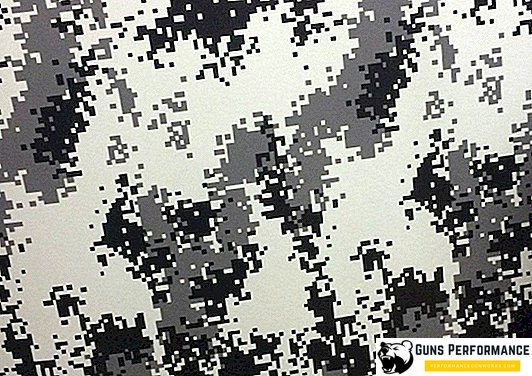
Since 1984, began to use camouflage, called "digital". This camouflage color is similar to the pixels of the monitor screens. Such drawings prevent eyes from being fixed on objects, forcing them to be perceived as “white noise”, and, by analogy with blinding camouflage, this interferes with the definition of forms and speed of movement.
Previously, countries had different approaches to camouflage uniforms, today there is a general tendency of armies to have one universal pattern. Refinement is carried out only taking into account the different types of terrain. So, there are camouflage colors ACUPAT (such as "desert", "urban" and "forest", or the basic "urban" - urban gray version), Flektarn, DPM and others.
Sometimes individual army units may have their own pattern, but in such cases all the same tendencies are noticeable. For example, MARPAT, used by US marines, although different from the uniform ACUPAT patterns used by other units, also has several color schemes. They are used taking into account the terrain, and they are the basic field camouflage "woodland" - forest pattern with green-brown tones.
Camouflage Russia and the Soviet Union
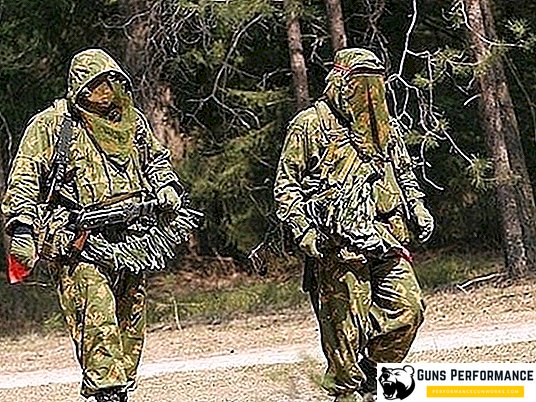
Digital Russian camouflage is now considered to be “digital flora”. In Western qualifications, this camouflage is called Russian Pattern, and in the military it is known as Pixel. This camouflage was developed in 2008, and the supply of the Armed Forces and the Ministry of Internal Affairs took it a year later, after a fundamental decision was made to replace Flora.
During the years of history from the Soviet Union to modern Russia, the following camouflage types were developed for the army:
- "Amoeba". Camouflage sample 1935. Made in several versions;
- "Deciduous forest" sample 1942;
- "Palm". Deforming pattern sample 1944. Produced in four versions according to the seasons;
- "Silver leaf" sample 1957. He was also called "Birch" or "sunbeams", as well as camouflage border guards;
- "Bhutan", having another name "Oak". It was developed in 1984;
- The Russian camouflage of the 93-rd sample - the VSR-93, also referred to as "vertical-line";
- Russian camouflage of the sample of the year 98 - the VSR-98 Flora. It was the main Russian military camouflage since 1998. Despite its low attractiveness, this type of camouflage camouflaged very well the military in areas of the Russian central belt. With some characteristic stripes, "Flora" got the nickname of "watermelon" camouflage. Available in three versions;
- Digital Russian camouflage. “Digital Flora” is currently a new pixel camouflage in the Russian Armed Forces.
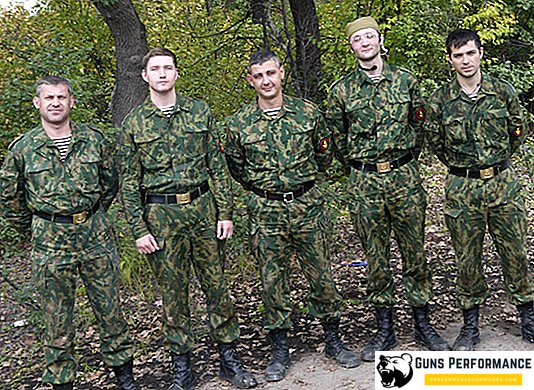
In addition, there are commercial types of camouflage, such as:
- "Tiger". Green-brown horizontal streaks;
- "Reed". Sandy-brown color imitating reed beds;
- "Partizan". Green shape with yellow spots;
- "Break". Tricolor imitation of deciduous forest;
- "Skol". Dark version of green camouflage;
- "Surpat". Pixel camouflage for different areas;
- "Spectrum". Dominant green color;
- "Dusk". Suit with gray patches, suitable for urban environments.
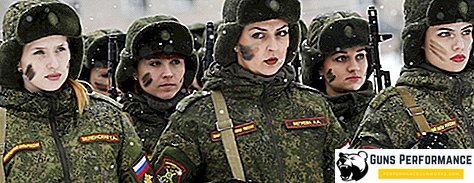
Most of these types of camouflage are not officially consigned anywhere. However, they have found unofficial use in individual units and with individual employees. Specialized Russian companies continue to produce a wide range of camouflage workwear developed by Western companies. In addition, modern Russian military science and industry are not standing still, all the time improving the protective functions of the suits currently available, as well as developing more and more new types of camouflage, which would fully meet the new realities.
The use of camouflage militarized organizations
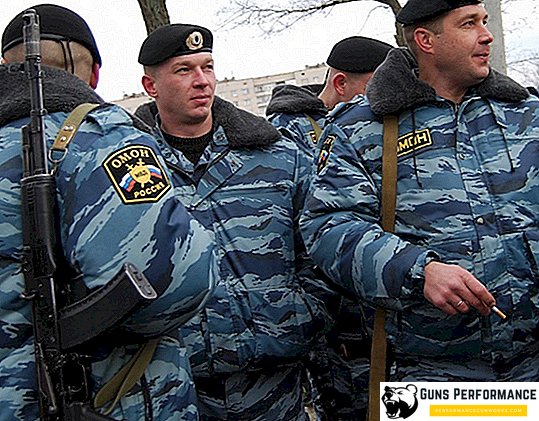
The most diverse legal and illegal militias of different countries use camouflage in uniform and other models of clothing, equipment, and for coloring vehicles. In our country, such paramilitary or police organizations and formations are also quite a few. For example, camouflage is widely used by special services, special forces, all well-known riot police, federal security agencies, as well as private security agencies.
Camouflage suits in everyday life
In the 1960s, camouflage was widely spread in American civilian clothes as a civil protest against the war. Young people in military uniforms on city streets tried to make the citizens feel what it was like when street fighting takes place and soldiers walk on your streets. This trend quickly passed, but was resurrected in the 1980s and gained unprecedented popularity as early as the 1990s during Operation Desert Storm.
The fashion industry has begun to produce pseudo-war coloring, but using softer materials. Many well-known fashion designers of that time approached camouflage cut differently. They began to transfer elements of military uniforms even to women's skirts and dresses. Camouflage has become an integral part of sportswear.
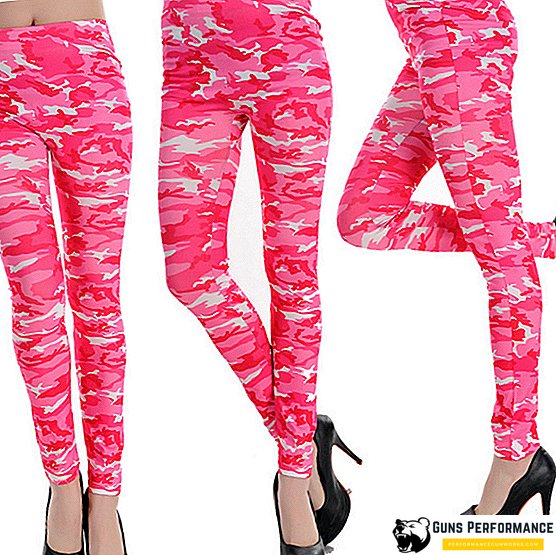
Fashion industry began to produce:
- Female camouflage;
- Urban camouflage;
- Green camouflage;
- Pink camouflage;
- Fashionable camouflage pants;
- Camouflage pants and jeans;
- And even camouflage overalls.
It is clear that winter camouflage and summer camouflage began to enjoy considerable popularity among people leading an active lifestyle. Hunters, fishermen, black diggers, as well as many tourists began to stock up on comfortable clothes of special colors. The colors imitating wild African fauna, such as leopard or zebra, have become fashionable.



